Life around South Street didn’t change a great deal for over a hundred years. It was a close-knit community and many families were related. When times were tough, the community pulled together. Without the kindness of the local shopkeepers, many families would not have survived. There are many stories of extra groceries finding their way to families in need.
South Street is a wonderful example of a working class neighbourhood in the Georgian style. Little has changed since the cottages were built in the late 1840s and early 1850s. They provided cheap rental accommodation for wharf labourers and other workers connected with the port. The link through to Kelly Street, along what is now McGregor Street, allowed the residents quick access via Kelly’s Steps to the wharf below.
Like Kelly Street, most of these rental cottages housed large families. Even in the late 1950s, as many as 75% of the cottages were still tenanted. Today, that proportion has reversed and most are now in private ownership.
Today, Battery Point streets are full of cars. It’s hard to imagine that in the past, the streets were full of children: playing cricket, hurdle races and marbles. During the 1940s, John ‘Smoky’ Johnson, a South Street boatbuilder, used to show Charlie Chaplin and other old movies to the local kids in his large backyard.
Pigeon keeping was a common interest, so much so that in the early 1900s, a Battery Point Homing Society was formed. Most of its members lived in the streets between Salamanca Place and Hampden Road.
… the old gate was there and you could just pull it open enough to get our skinny little arms in and grab a bottle…
Listen
Every Monday morning, the Rabbito would come around – 9 pence a pair. All the ladies would come out in their white starched aprons:
‘Ya want kidneys, Love?’
‘No!’
And he’d rip the kidneys out and throw ’em – he was always followed by about 15 dogs – there’d be a brawl for the kidneys.
– John Dineley talking about his childhood in the 1930s
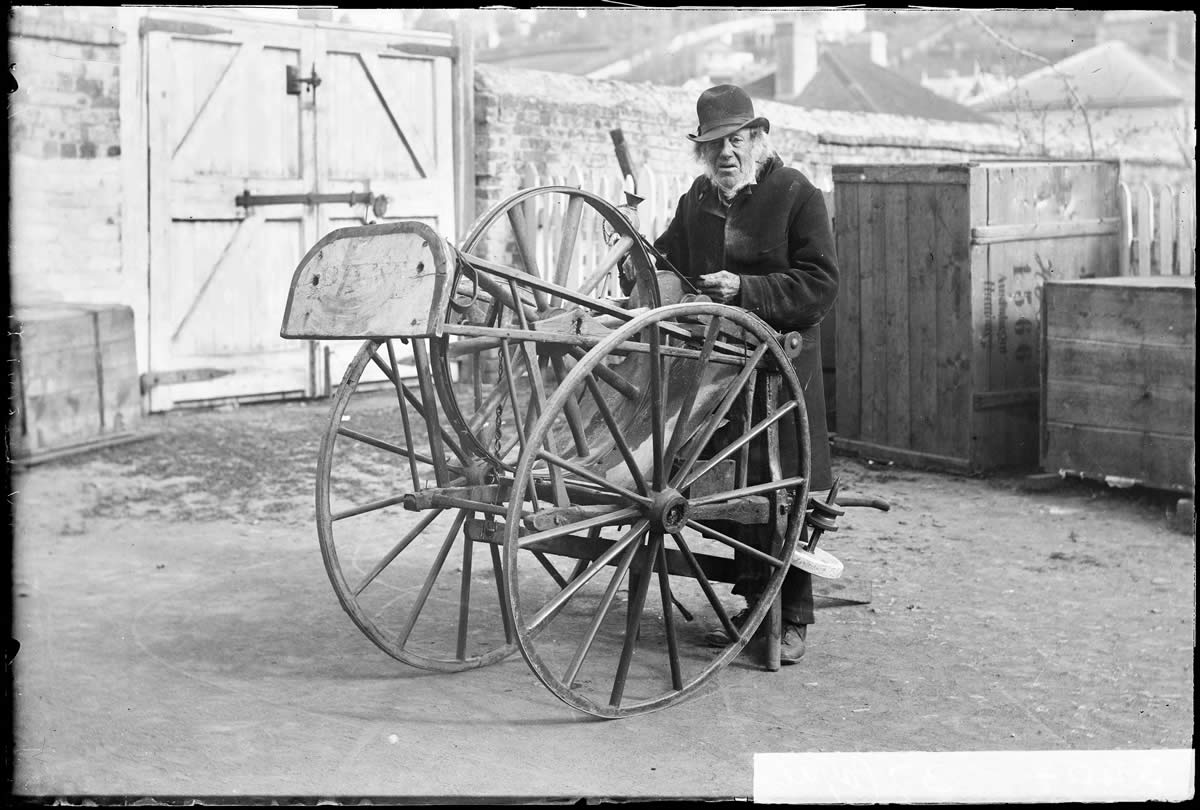
Knife sharpener Mr Payne 19th century
The itinerant knife sharpener was a familiar sight on the streets
Source
Tasmanian Archive and Heritage Office NS1013 1 1278
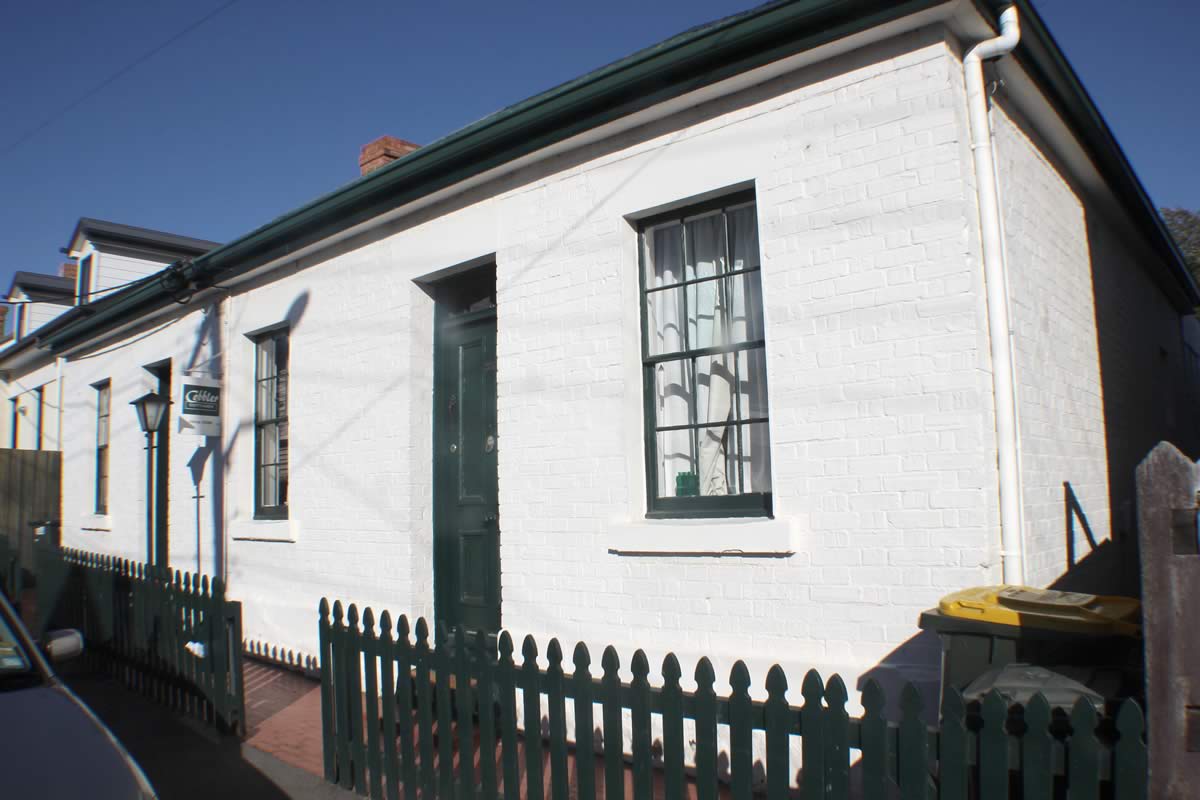
Georgian workers’ cottages in South Street 2015
These cottages were mostly built in the mid 1800s.
Photo
Robert Vincent
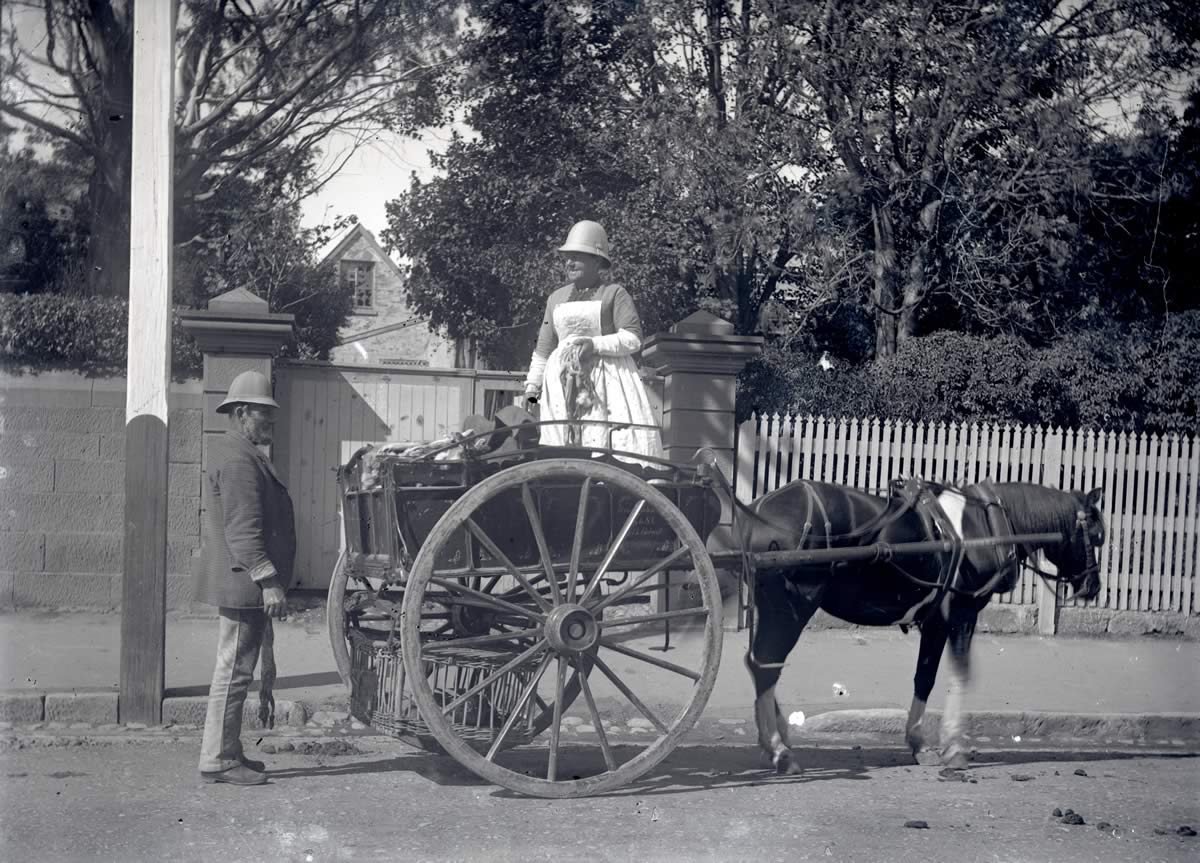
Woman selling rabbits on the street
The Rabbito used to come every Monday morning followed by about 15 dogs. He would ask “Do you want the kidneys, love?” “No!” He would skin the rabbit and toss the kidneys behind him and all the dogs would brawl over them.
– John Dineley talking about his childhood in Battery Point between the wars
Source
Tasmanian Museum and Art Gallery Q3913
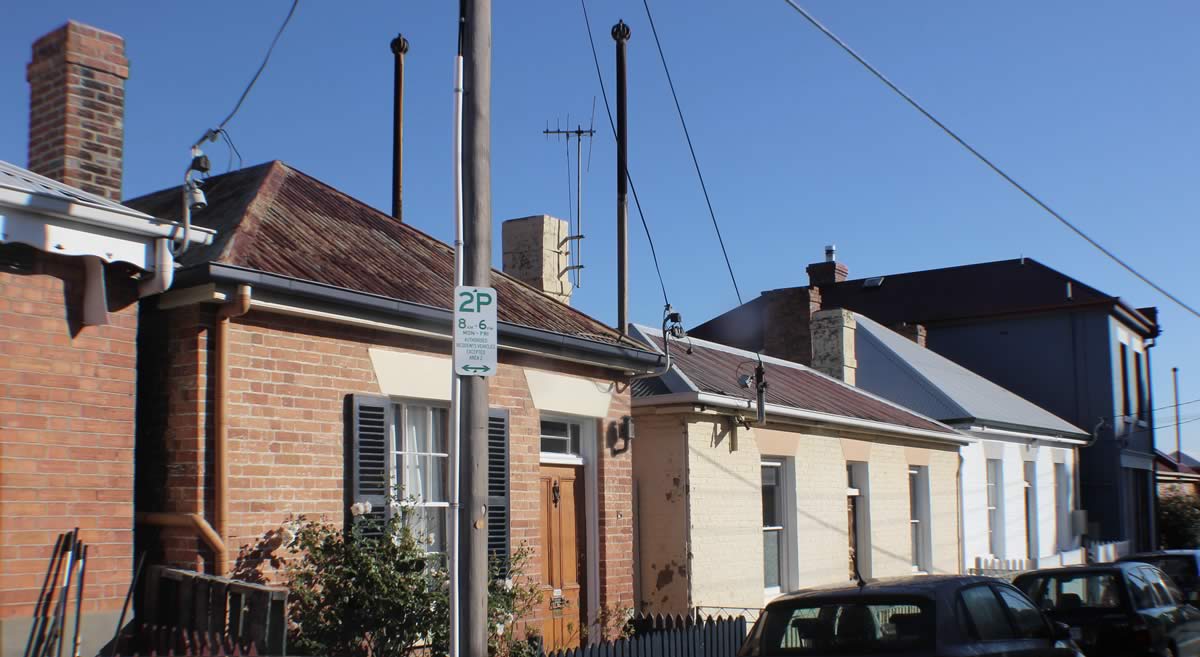
Georgian cottages in South Street 2015
Built as rental accommodation, they are detached dwellings.
Photo
Robert Vincent
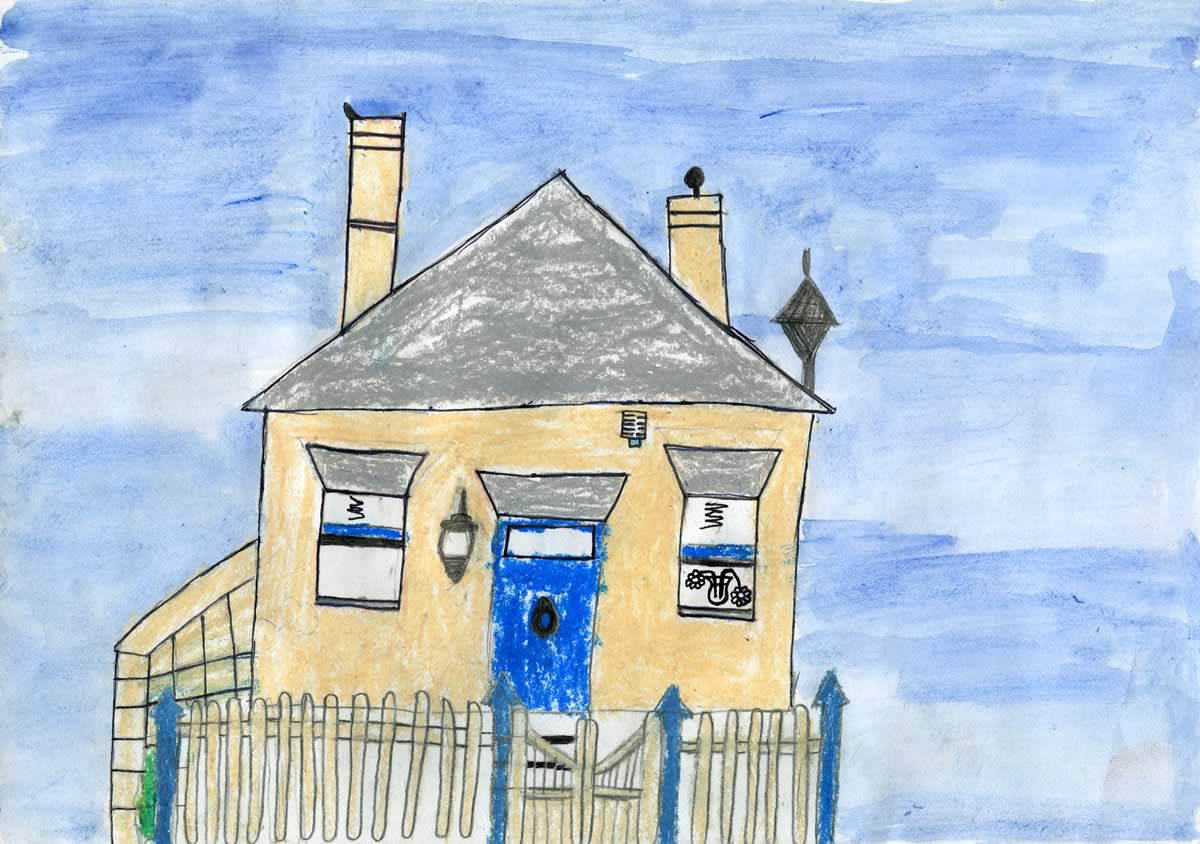
6 Francis Street by Harriet 2015
(Typical of the cottages in South Street.)
Source
Albuera Street Primary School
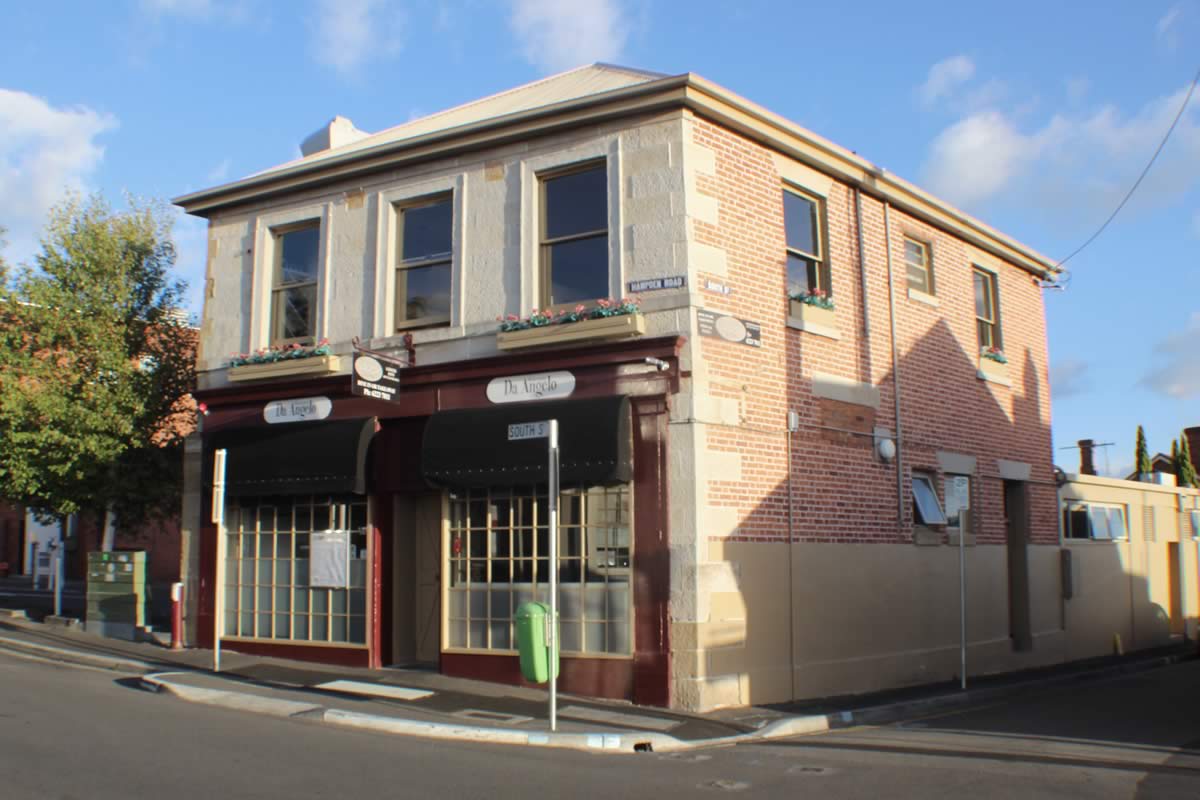
Restaurant at the corner of South Street and Hampden Road in 2015, once the site of Harrington’s grocery store
We used to take our cordial bottles into the shop and get thruppence. In South Street, just at the back of the yard, the old gate was there and you could just pull it open enough to get our skinny little arms in and grab a bottle… The next day we would go in with the bottles. Mr Harrington would look down over the counter: ‘Could we have some money or get lollies?’ ‘You kids haven’t had these bottles in here before, have you?’ ‘No, no Mr Harrington…’ ‘Alright then!’ He must’ve known…
– Mike Scott talking about his Battery Point childhood in the 1950s and 60s
Photo
Robert Vincent
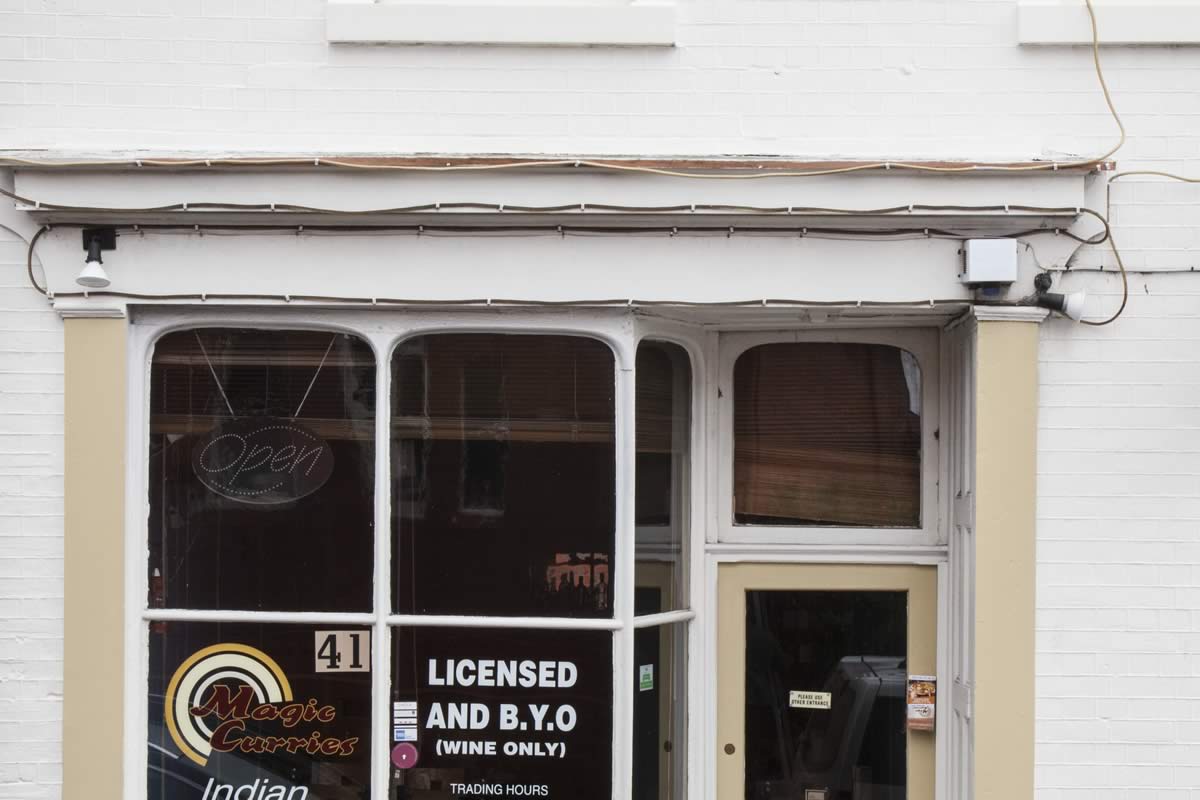
Shop doorway in Hampden Road of South Street much as it was when it was built 2015
His front door had a bell on it and he used to always have bananas and fruit just inside the front door… We’d sneak around on our hands and knees… Put our hand up and grab a banana and off we’d go… In the finish, he put rotten bad ones in, so we didn’t take them after that!
– Mike Scott talking about his Battery Point childhood in the 1950s and 60s
Photo
Private collection
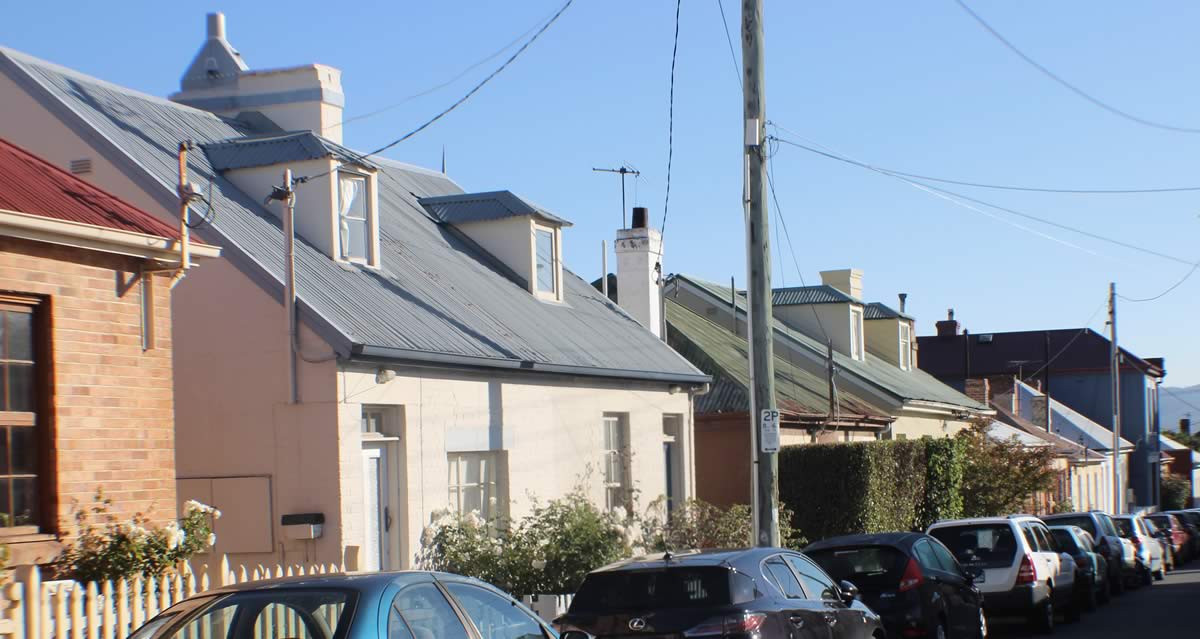
South Street 2015
In the days before cars were common, children played on the streets. It’s hard to imagine today!
Photo
Robert Vincent
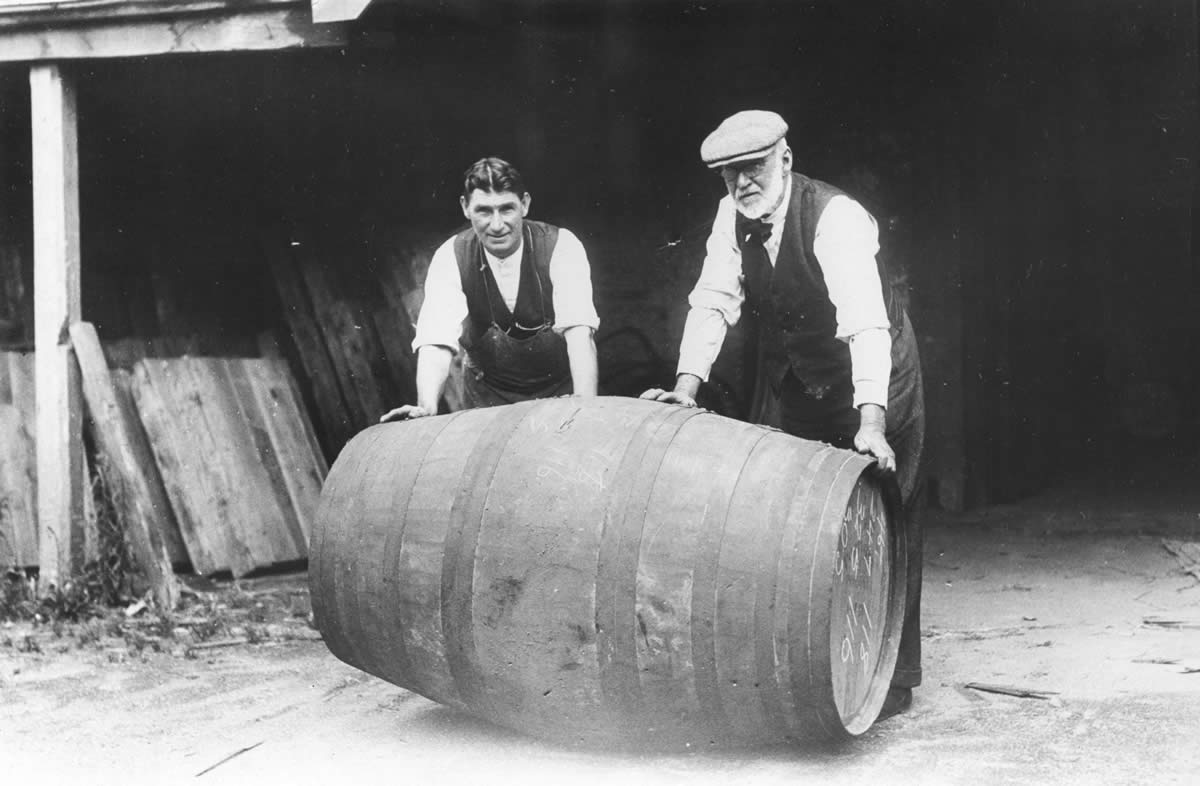
Rolling out a barrel in Salamanca Place
Many of the people who lived in South Street worked in waterfront-related industries. Coopers worked in Salamanca Place making barrels for transporting whale oil, water, beer and various other products. This was a highly skilled trade.
Source
Tasmanian Archive and Heritage Office PH30 1 1582
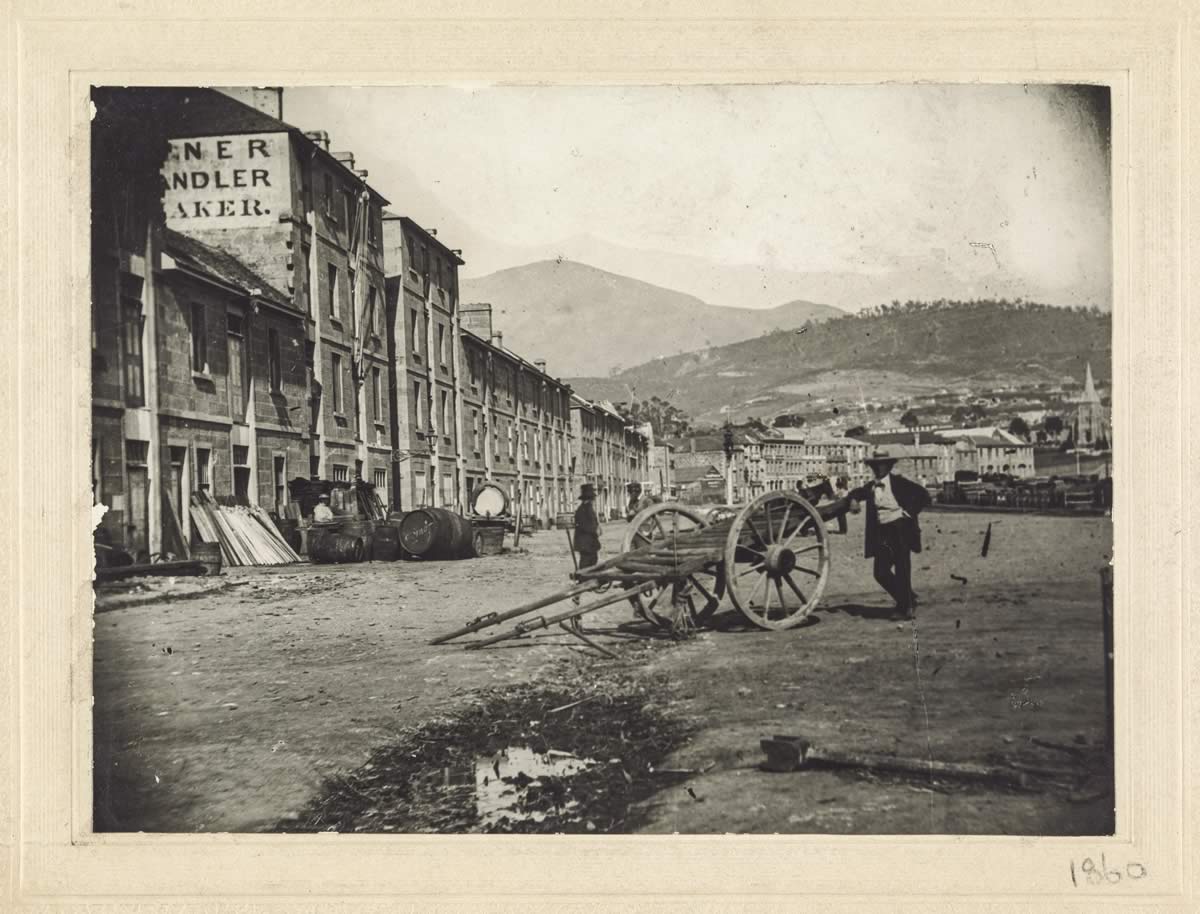
Salamanca Place 1860
For over a hundred years, Battery Point was home to many workers in the various waterfront industries.
Source
W.L. Crowther Library Tasmanian Archive and Heritage Office AUT AS001125640284
